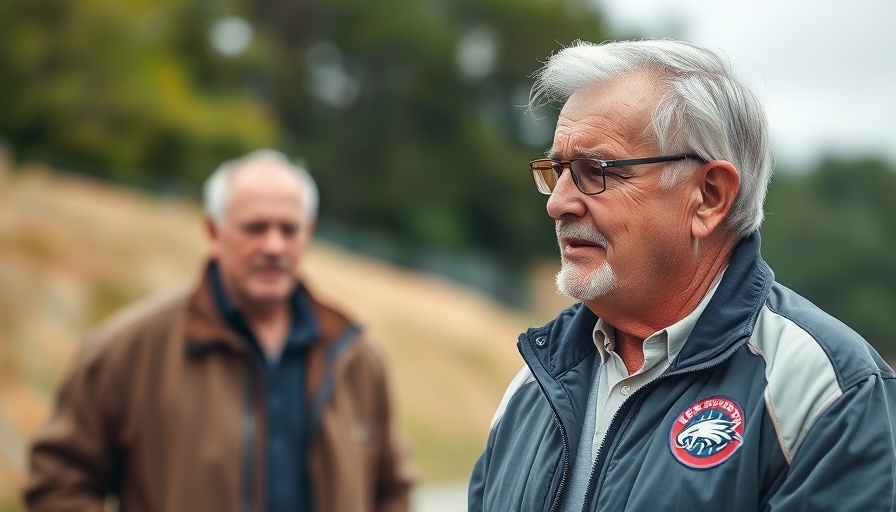
Rumblings of Influence: Haslams' Political Contributions
In the latest shake-up around Ohio's legislative landscape, the Haslam family, owners of the Cleveland Browns, appear to have exerted significant influence on state politics. They contributed $120,000 to key GOP leaders in Ohio shortly before their multi-million dollar request for stadium funding surfaced, raising eyebrows about the intersection of money and legislation in politics. This financial maneuver coincided with the allocation of $600 million from the proposed state budget intended for their new football stadium project.
The Political Playbook: Who Benefits?
House Speaker Matt Huffman (R-Lima) has staunchly defended the integrity of the Ohio budget process, asserting that no level of financial contribution affects state legislation outcomes. However, this assertion is met with skepticism by some critics. House Minority Leader Allison Russo has described the Browns' funding proposal as a mere "handout" to the Haslam family, illuminating a perceived conflict of interest and potential favoritism in legislative actions.
Key Players in Ohio Politics: The Haslams' Financial Footprint
The Haslams have a long history as prominent donors within Ohio politics, reportedly contributing over $1.14 million since 2020, with nearly all funds directed towards Republican candidates. Campaign financing reveals that Speaker Huffman received nearly $110,000, being one of the most significantly funded politicians through the Haslam family's contributions. In contrast, Senate President Rob McColley received just under $59,000, suggesting a notable financial strategy aimed at consolidating influence within the party.
Voters' Sentiments: Public Perspective on Funding Requests
With public funding for a football stadium often a contentious issue, many Ohio voters may feel uneasy regarding the substantial financial backing that the Haslams receive from state resources. Critics argue that using taxpayer money for private ventures undermines the public interest, especially when the financial backdrop includes substantial political donations from the beneficiaries to the officials making legislative decisions. The conversation may shift towards voter engagement as residents seek transparency and accountability in how state funds are utilized.
The Legislative Challenge: Reaction from Opponents
Opposition voices are rallying against the proposed budget, which aligns closely with the Browns' request for funding. As scrutiny rises, it is crucial for officials to address concerns surrounding potential quid pro quo scenarios and reassure constituents that their interests are being prioritized. The significant contribution by the Haslams raises important questions about who truly benefits from such financial exchanges within the realm of politics.
Conclusion: The Road Ahead for Ohio
The dynamics of money in politics often seem opaque, and the situation involving the Haslams might be a reflection of broader trends affecting governance in Ohio and beyond. As discussions continue about the $600 million proposal, it becomes imperative for Ohioans to stay informed, question their lawmakers, and advocate for transparent governance.
 Add Row
Add Row  Add
Add 




Write A Comment